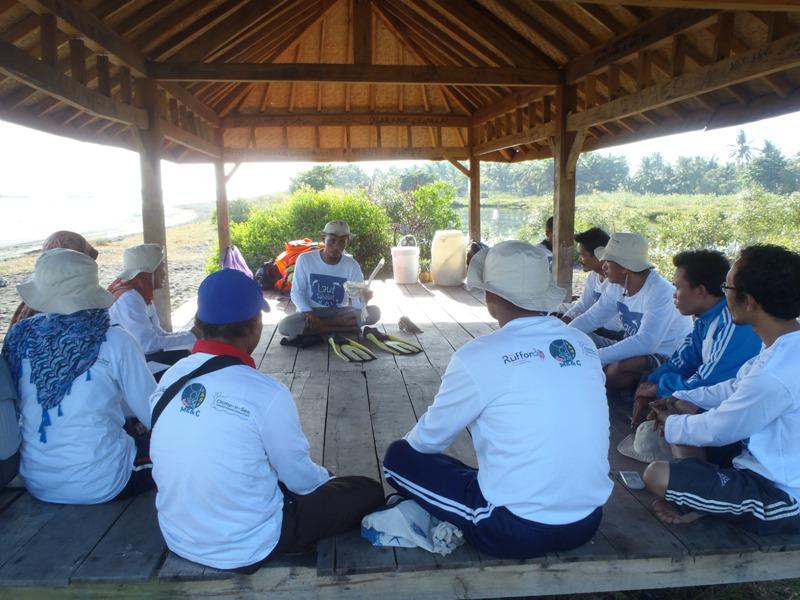Hani Nusantari
Other projects
6 Jun 2013
Increasing Awareness of Marine Biodiversity among Primary School Children and Teachers in Lombok, Indonesia – Stage 2
The project aims to introduce and promote the importance the biodiversity of marine ecosystem to primary school children

Water safety and snorkeling training.
The Year of Biodiversity brings message that biodiversity is essential for human being and it is also important to conserve it. It need whole approach and people need to work collectively to conserve the biodiversity.
Seagrass beds, mangrove forests and coral reefs play an important role in coastal ecosystem in Indonesia including Lombok Island. It provides food and income for local community. Recently, the conditions of these ecosystems are declining due to lack of knowledge and understanding the values of these marine biodiversity.
This is a pilot project to find out the importance of marine environmental education designed for primary school children who live in coastal region. Primary school children are the focal point of this project. Numerous research showed the importance to educate children in their young age the good values because they will still the bring it when they grown up. If children understand their environment, they are willing to conserve it.
There will be 50 students (grade 5) with their teachers will involve in this project. Students will do pre-test before starting the program. Pre-test has purpose to determine students’ knowledge about the ecosystem. This program divide into three themes represent three ecosystems (seagrass, mangrove and coral reefs). Each theme will run for 6 weeks. Students will learn about the animals and plants that live in the ecosystem, threatened and conservation.
The program divides into two main activities. Classroom activities where students will learn through discussion and games. And outside the classroom activities where students will learn through fieldtrip to seagrass bed, mangrove forest and coral reefs.
After the program, students will do presentation to their peers about their experience and what they have learnt during the program. They also do post test to evaluate how far the children have learn during the program.